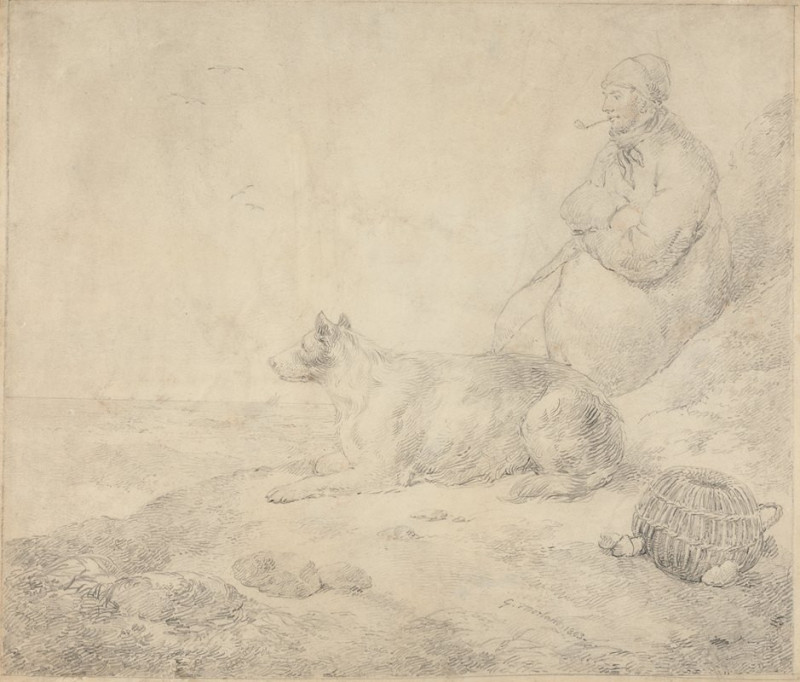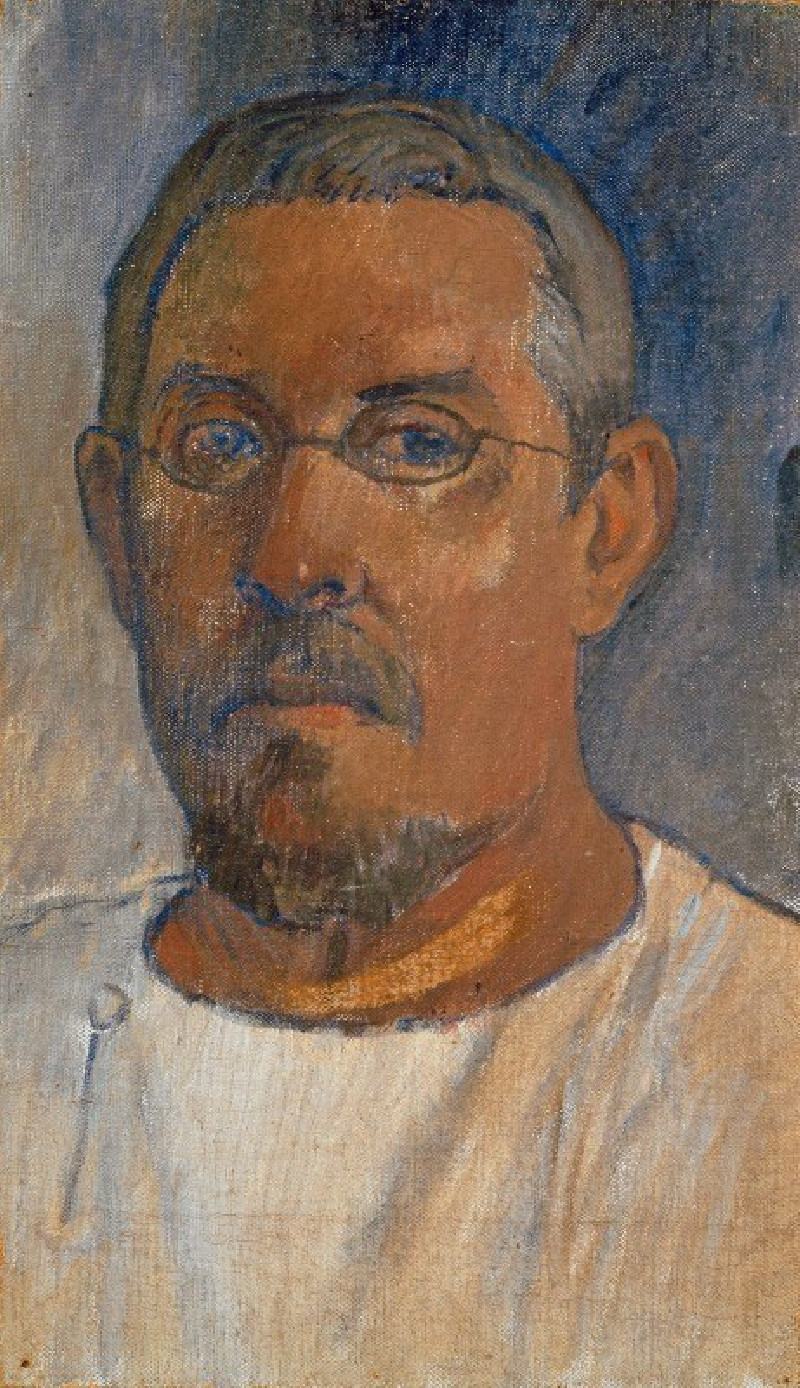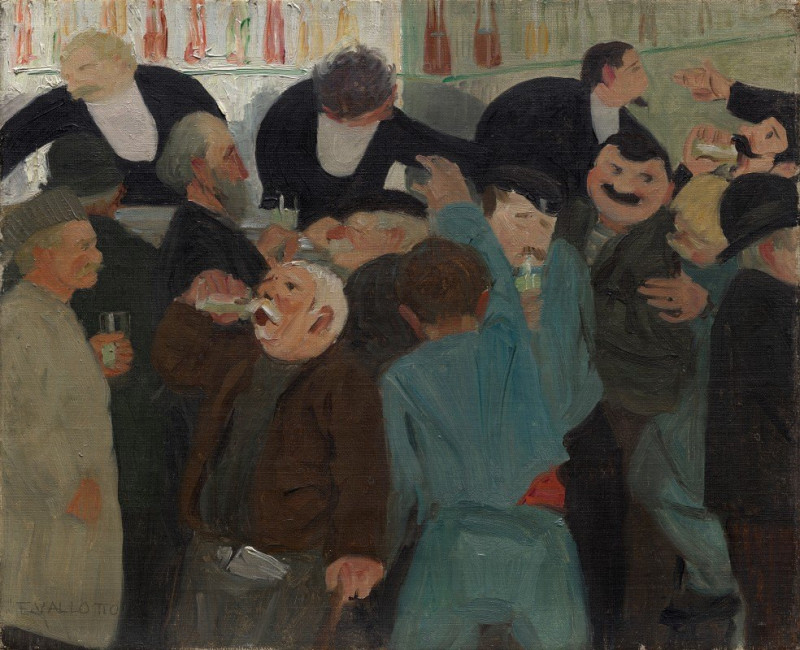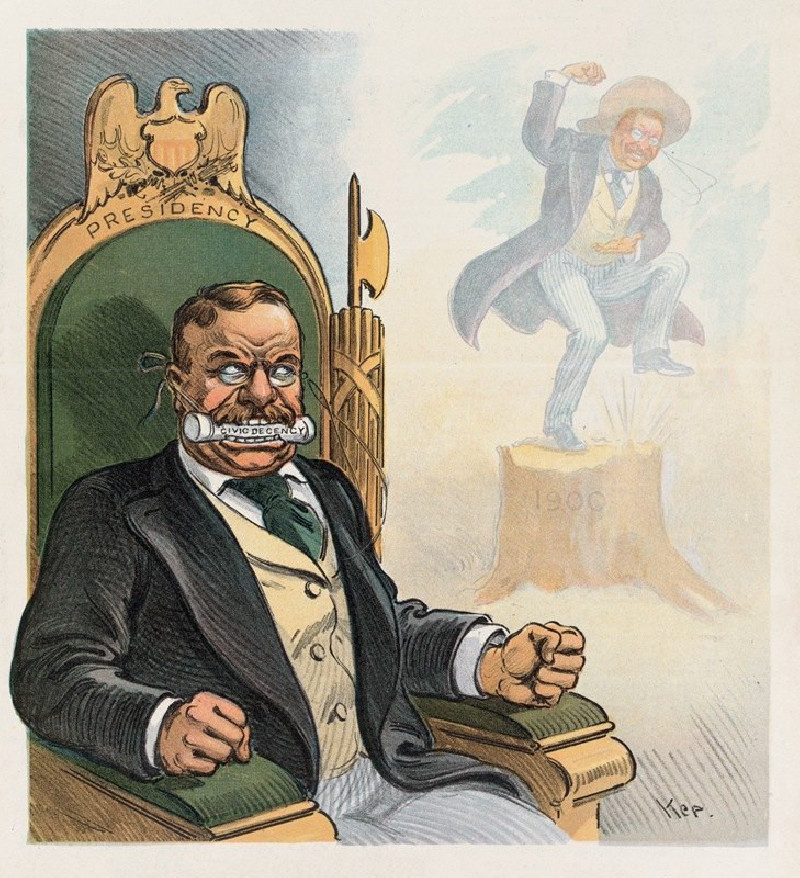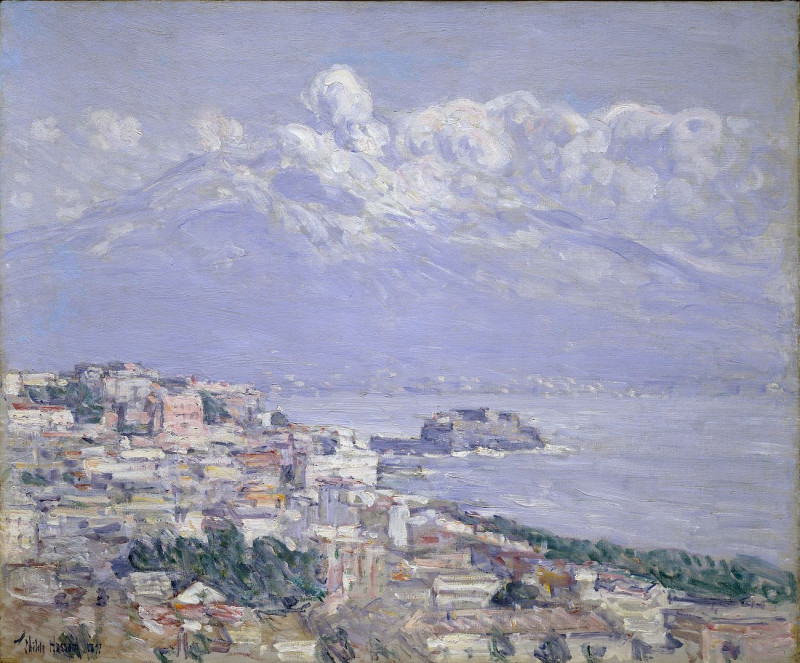Bouquet Of Asters (1859)
Technique: Giclée quality print
Recommended by our customers
More about this artwork
Artist:In Gustave Courbet's entrancing composition "Bouquet of Asters," the canvas comes alive with a spectacular array of asters and other flora, eloquently presented in a rustic earthenware pot. The painting, dated to 1859, showcases Courbet's mastery over the still life genre, diverging from his more typical landscapes and figure paintings.The arrangement is dense and overflowing, with blooms in soft whites, pinks, and vibrant yellows, each petal rendered with palpable texture and delicate shade variations. The flowers spill out lushly, suggesting both a wildness and a carefully balanced structure. Shadows and highlights play across the surfaces, giving the flora a dynamic, almost tactile presence.Placed upon a simple wooden table, the vase sits on a subtly decorated plate, adding a touch of refinement that contrasts with the otherwise robust and earthy quality of the pot. Fallen petals and leaves scattered on the table surface suggest the ephemeral beauty of the flowers, emphasizing their fleeting life outside of nature's embrace.This remarkable work not only illustrates Courbet's exceptional ability to convey natural beauty and texture but also evokes a rich emotional landscape, inviting the viewer to ponder the quiet, often overlooked moments of natural splendor.
Delivery
Returns
Jean Désiré Gustave Courbet (10 June 1819 – 31 December 1877) was a French painter who led the Realism movement in 19th-century French painting. Committed to painting only what he could see, he rejected academic convention and the Romanticism of the previous generation of visual artists. His independence set an example that was important to later artists, such as the Impressionists and the Cubists. Courbet occupies an important place in 19th-century French painting as an innovator and as an artist willing to make bold social statements through his work.

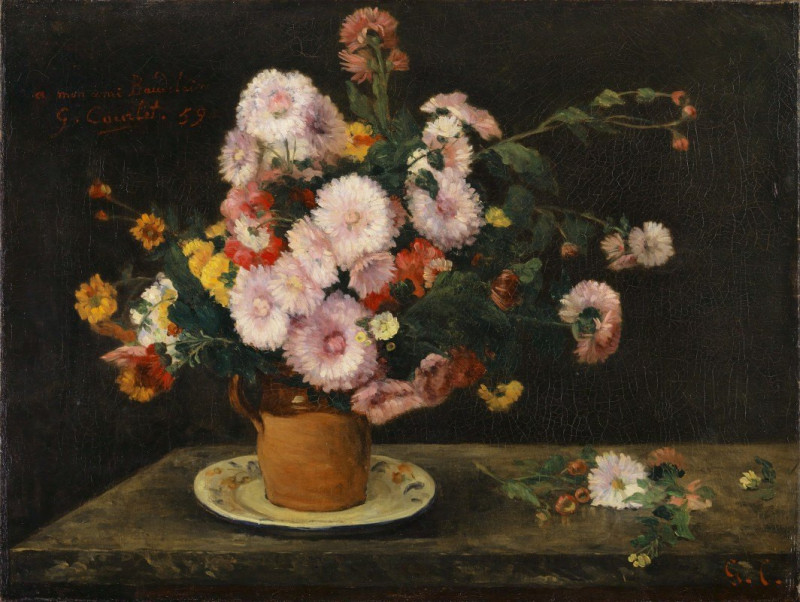


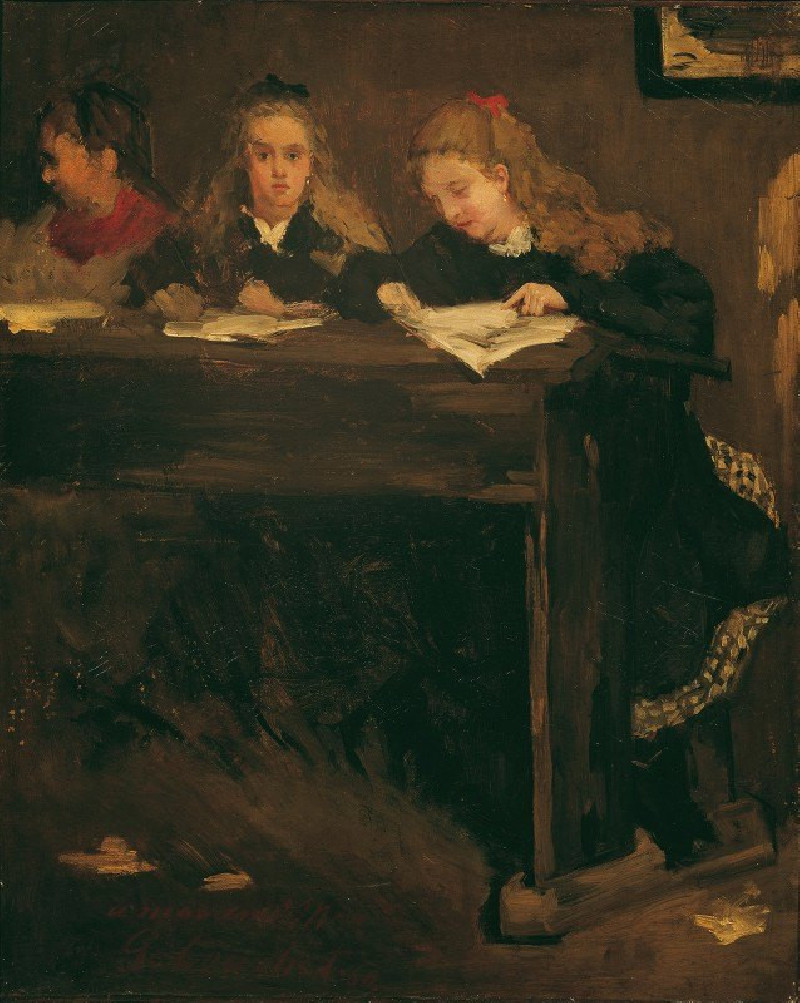
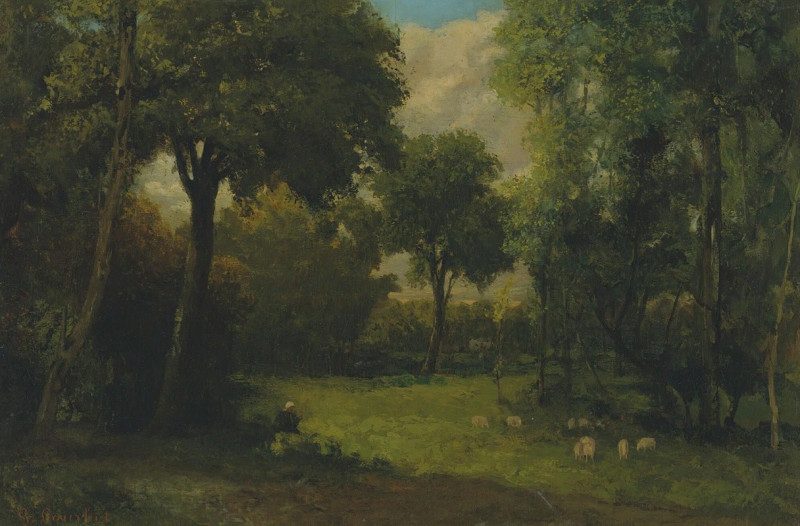
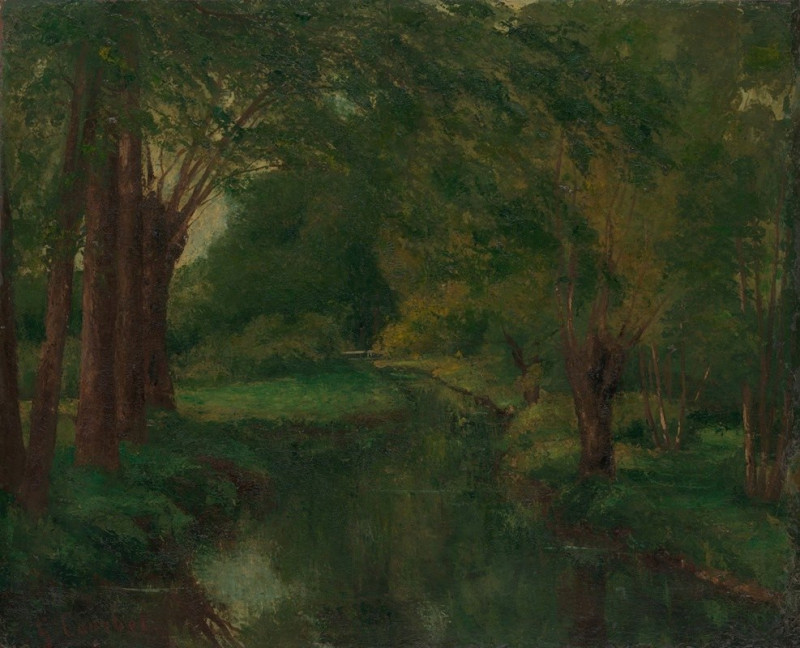
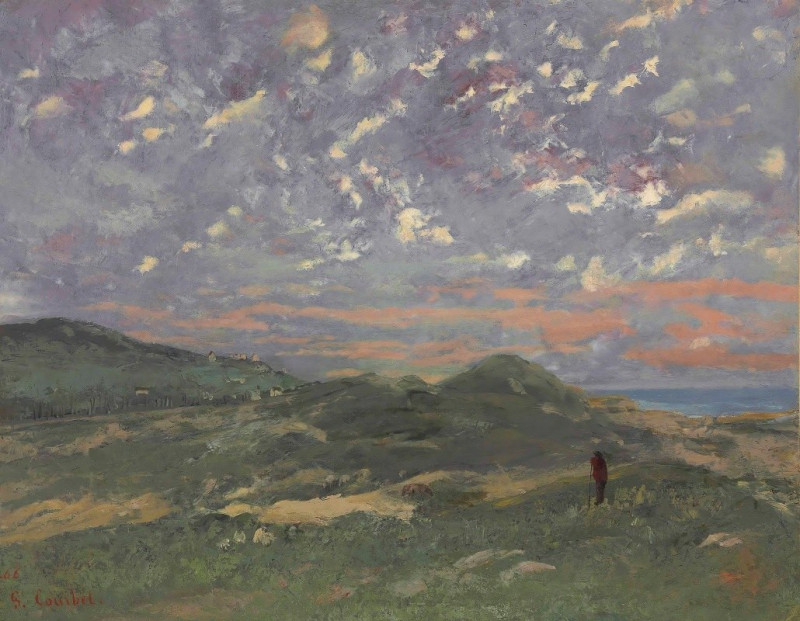
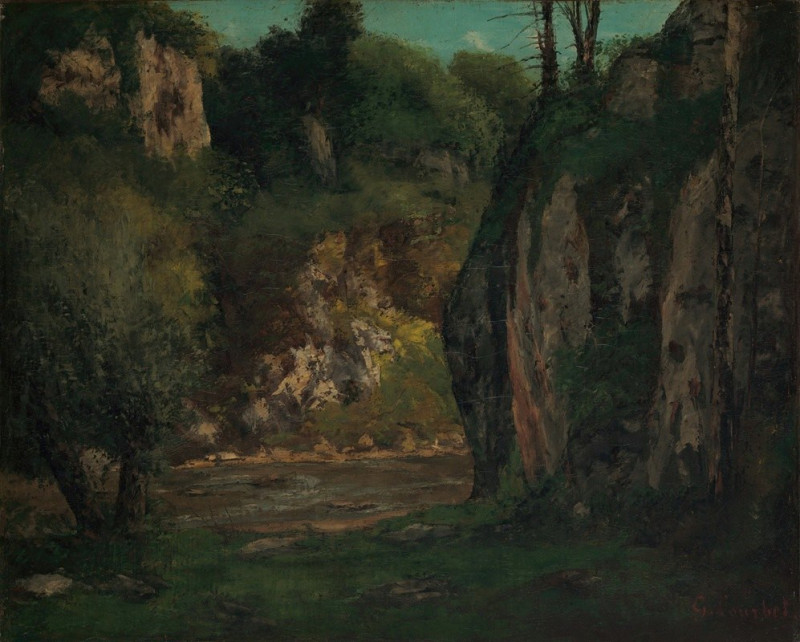

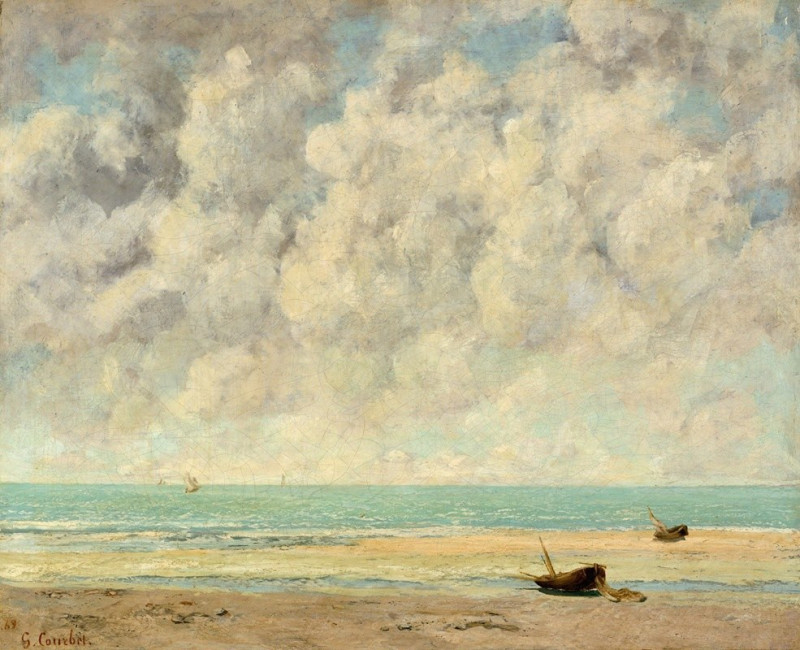
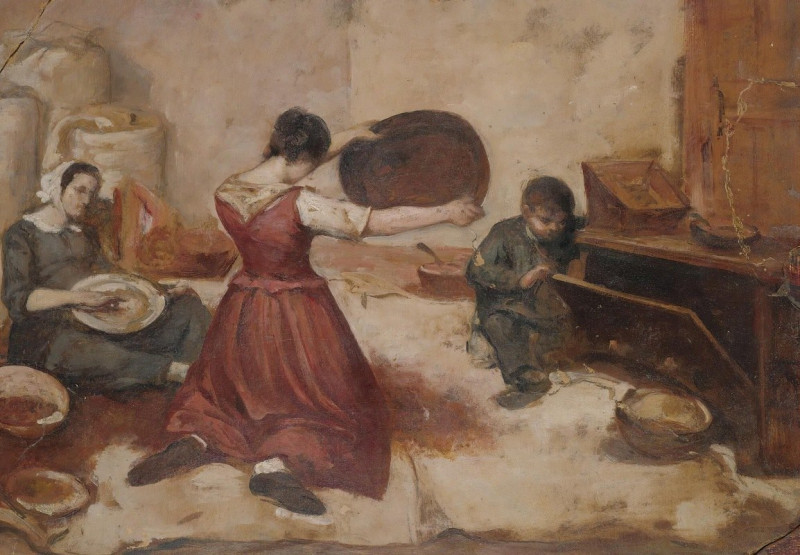
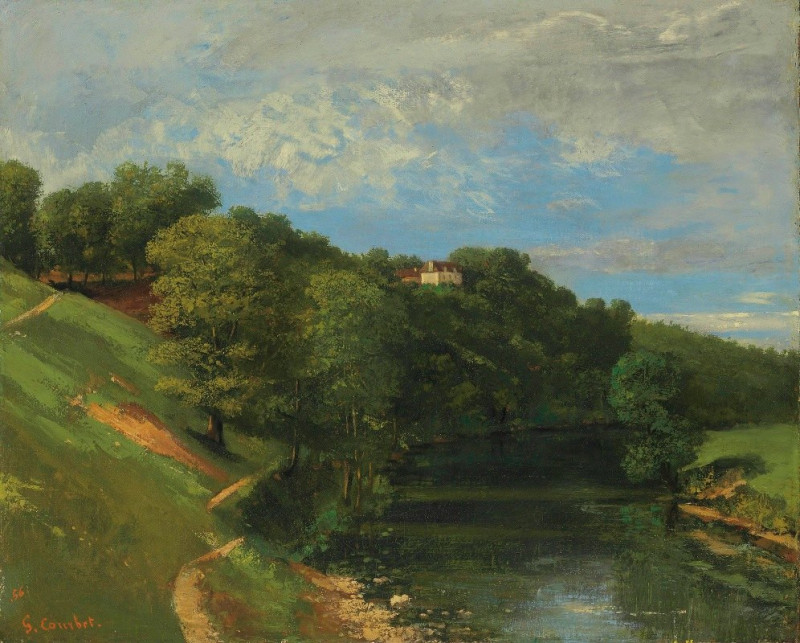

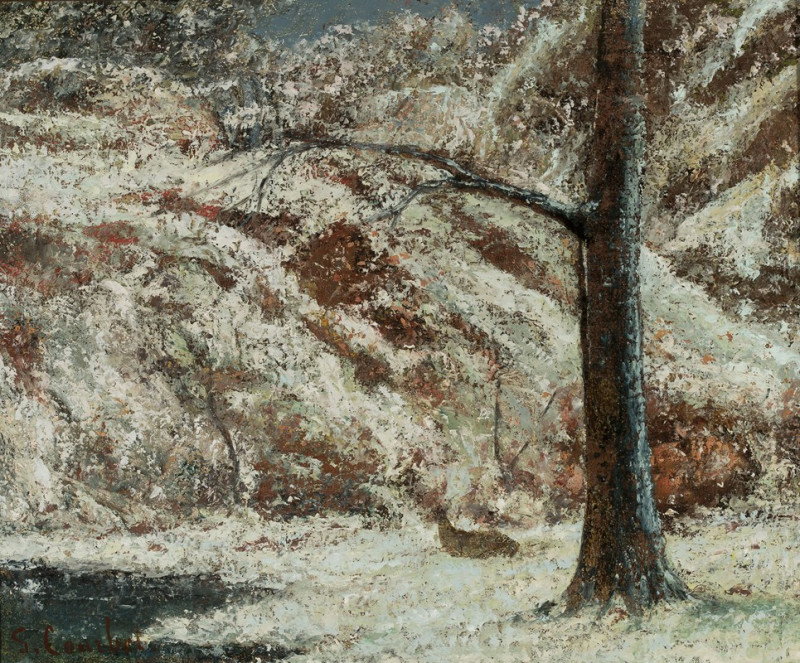
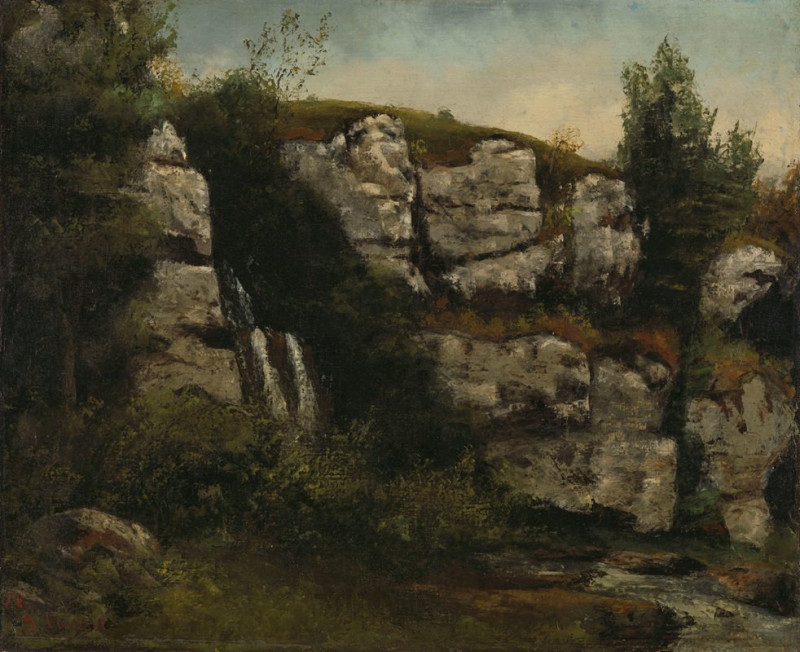
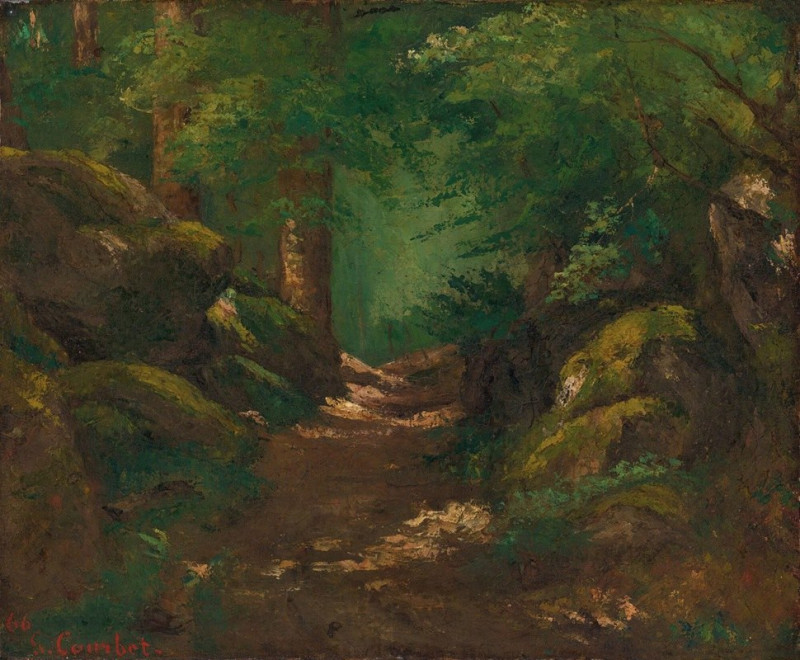
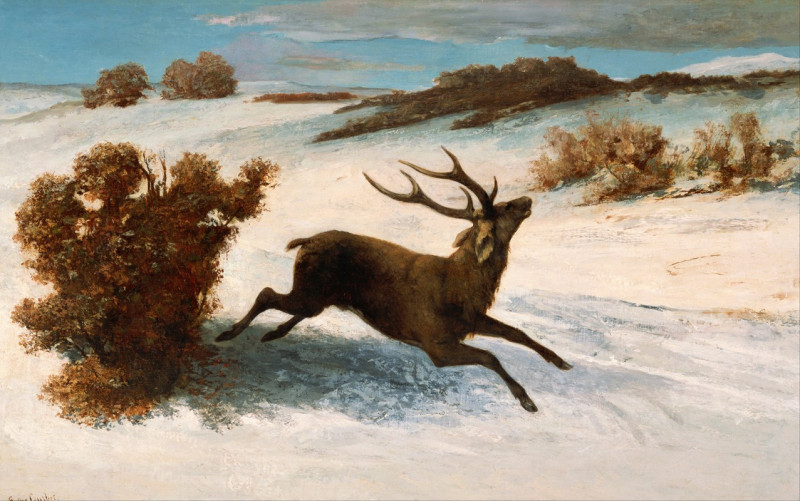
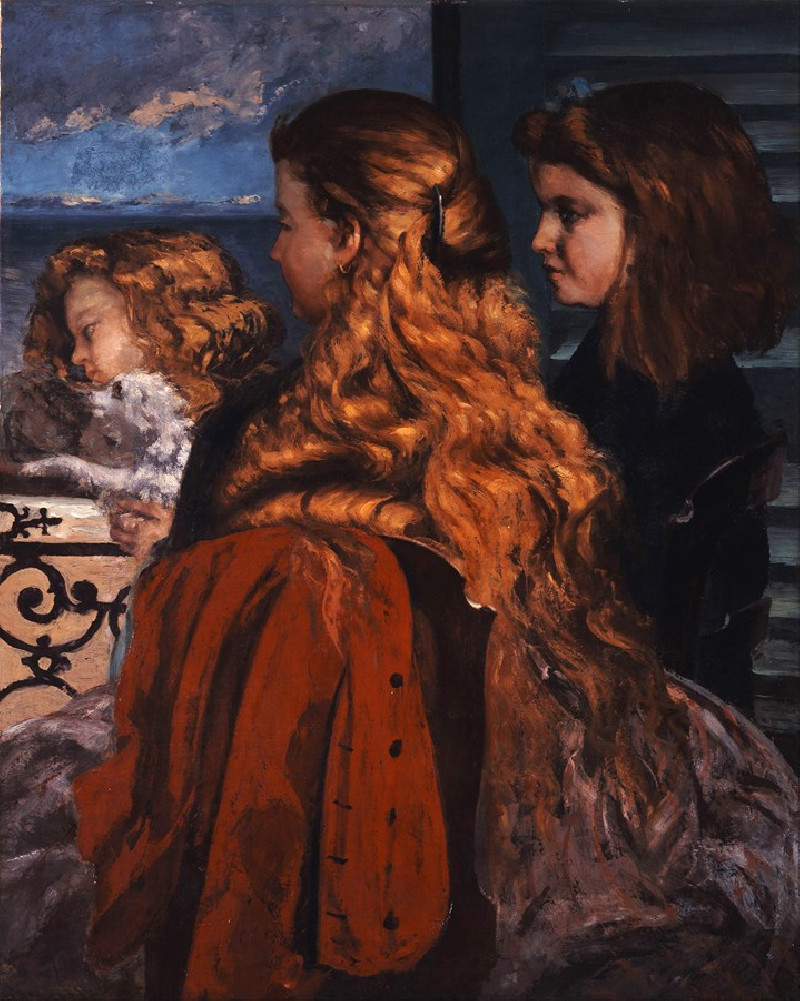


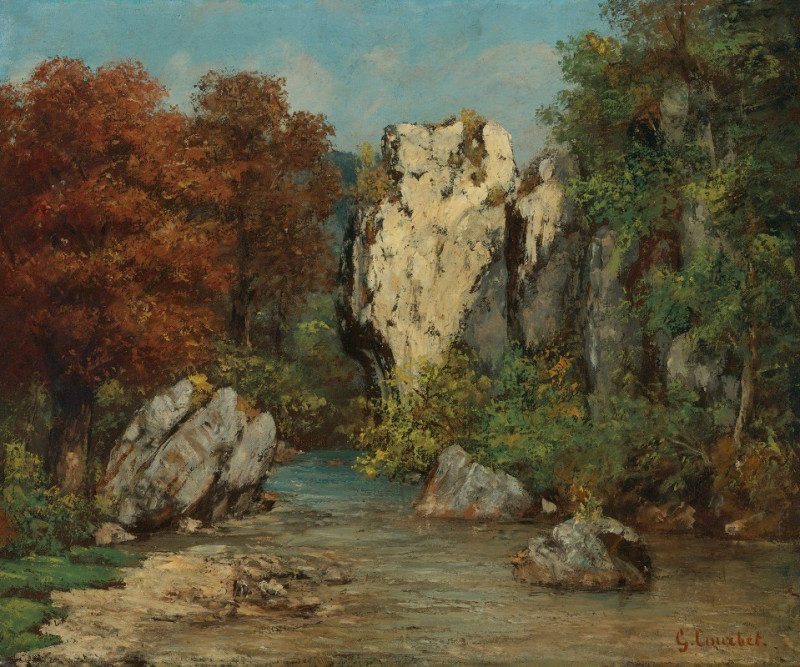
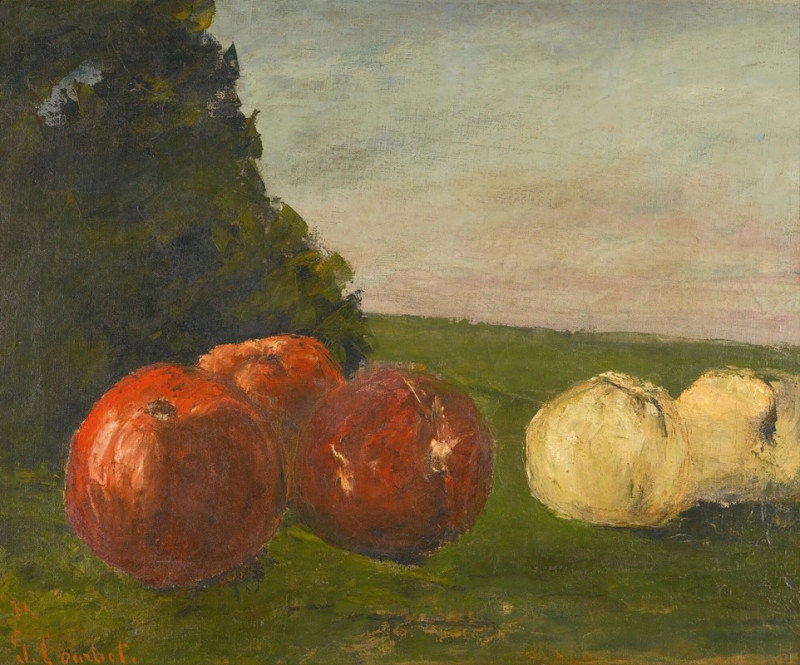
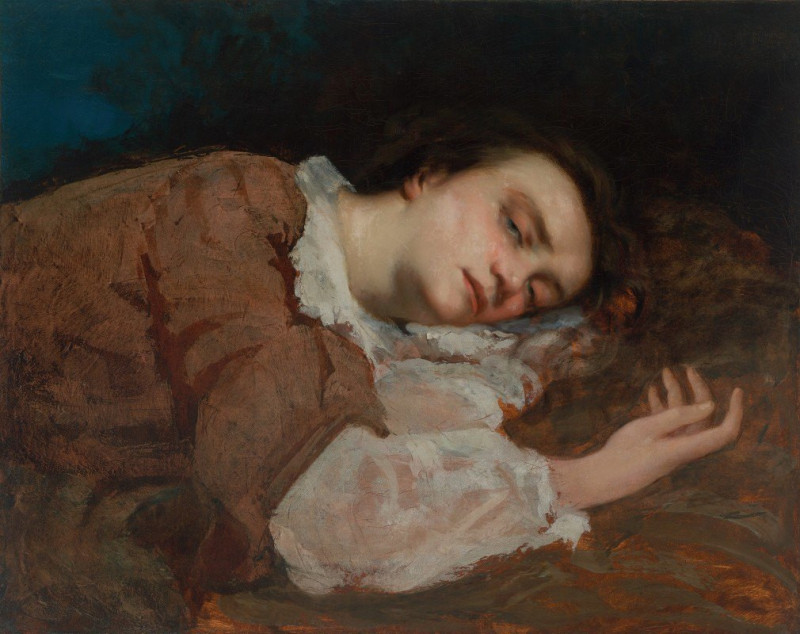
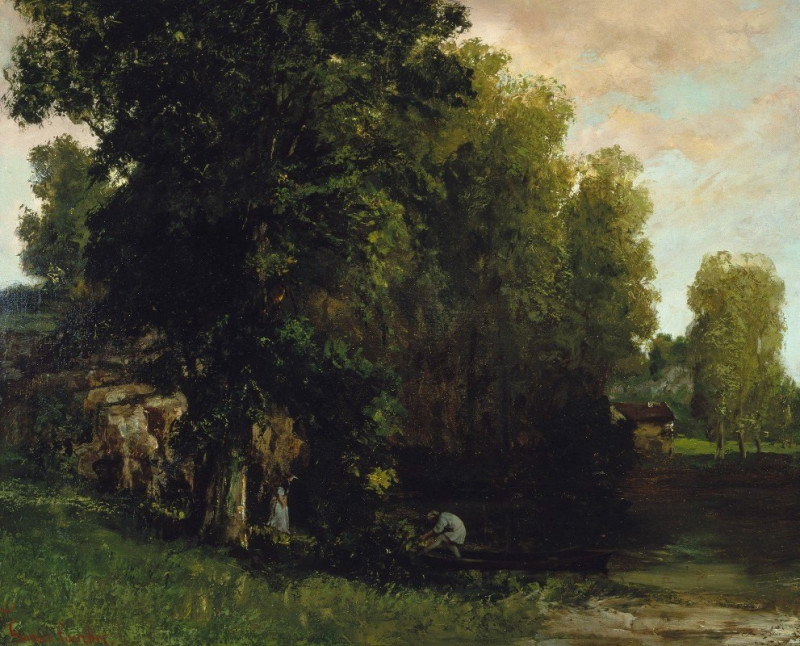
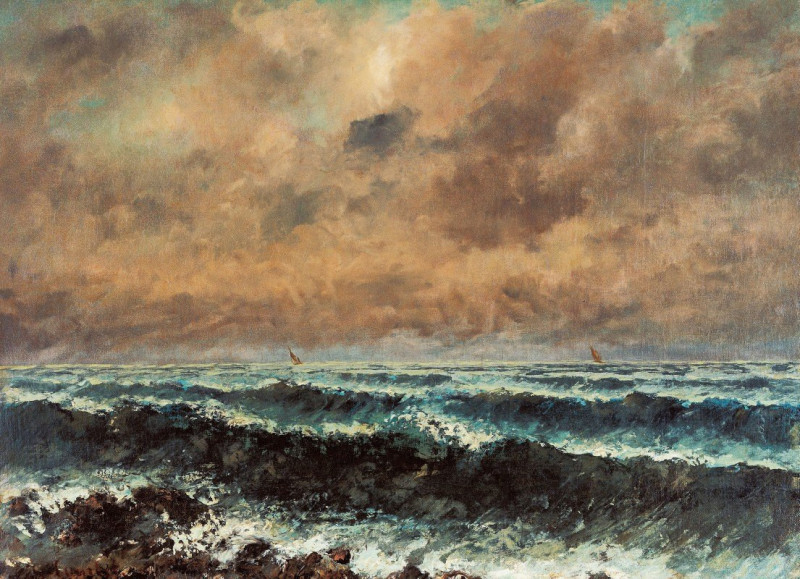

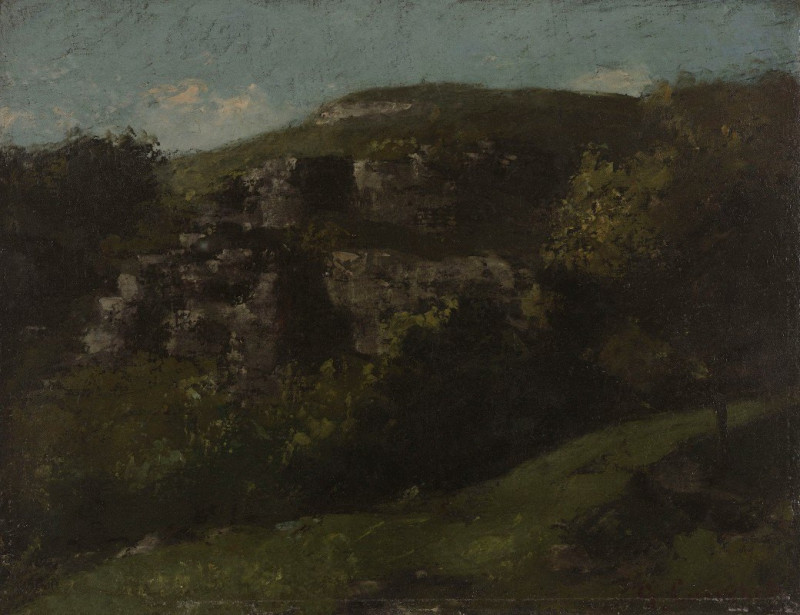
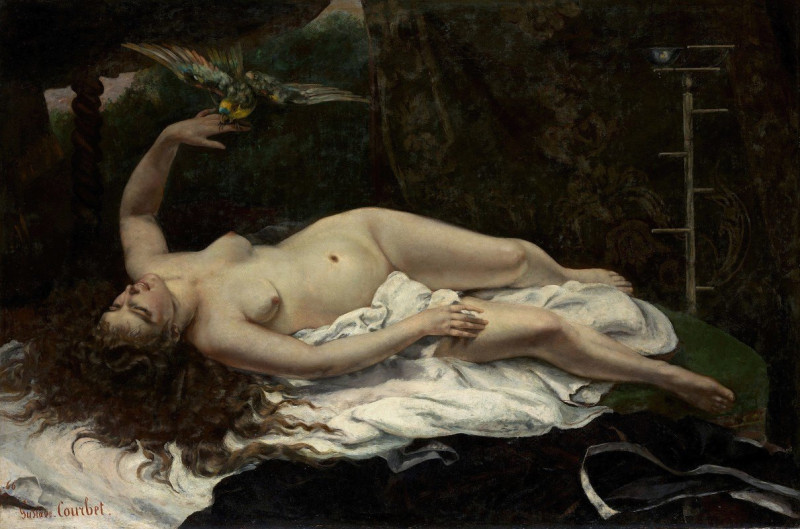
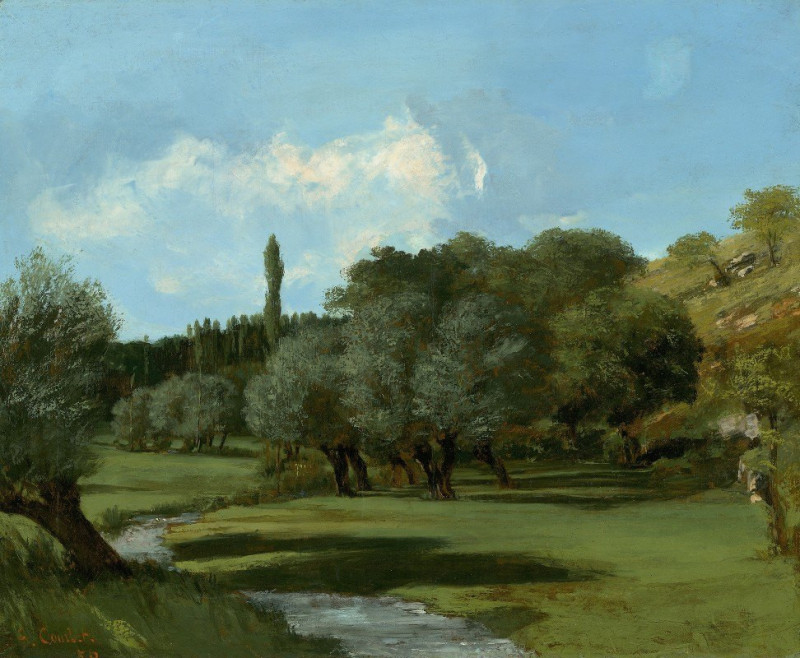
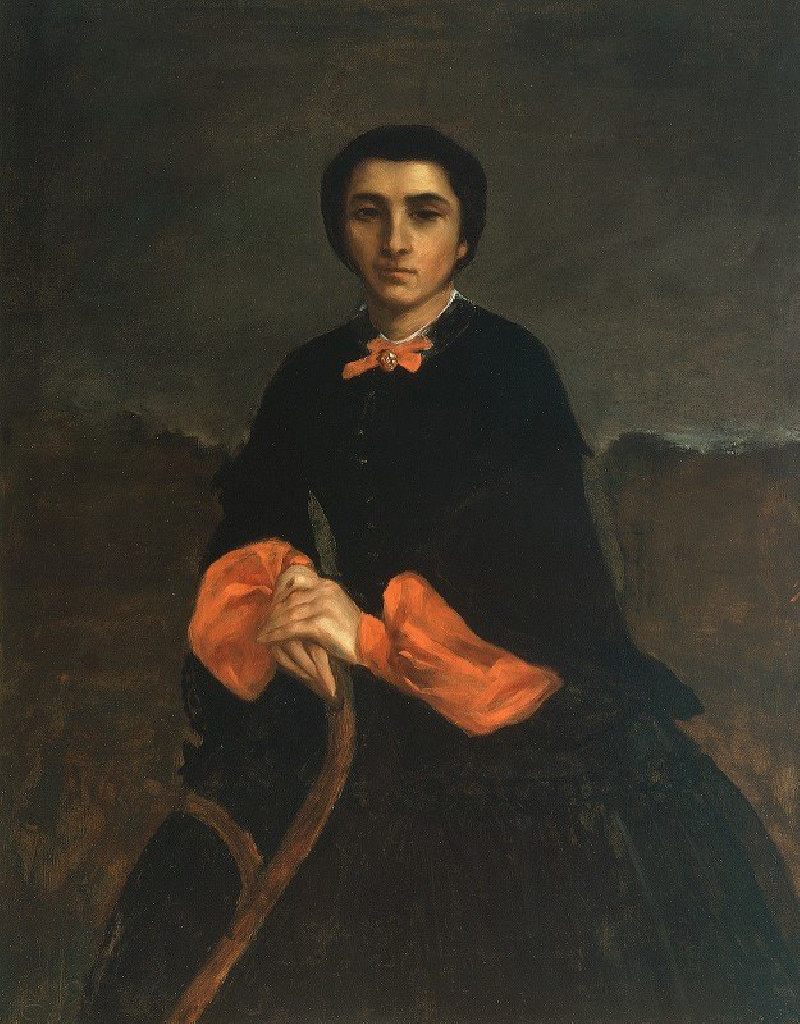
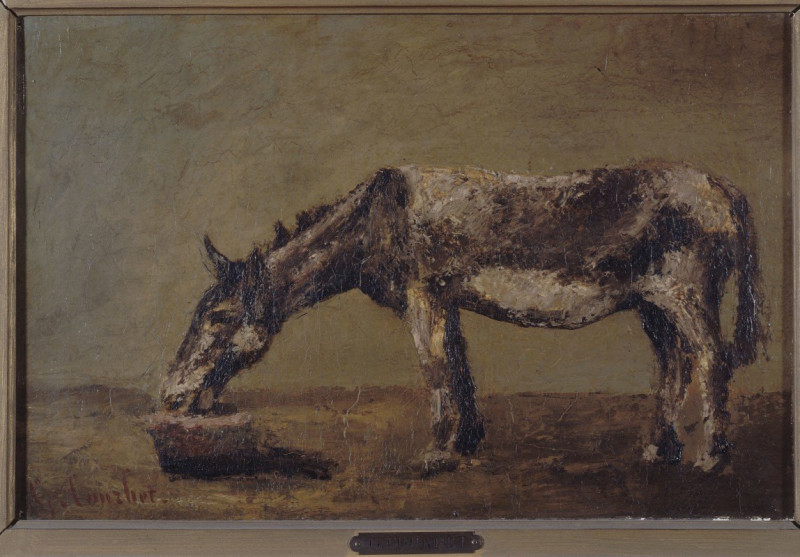
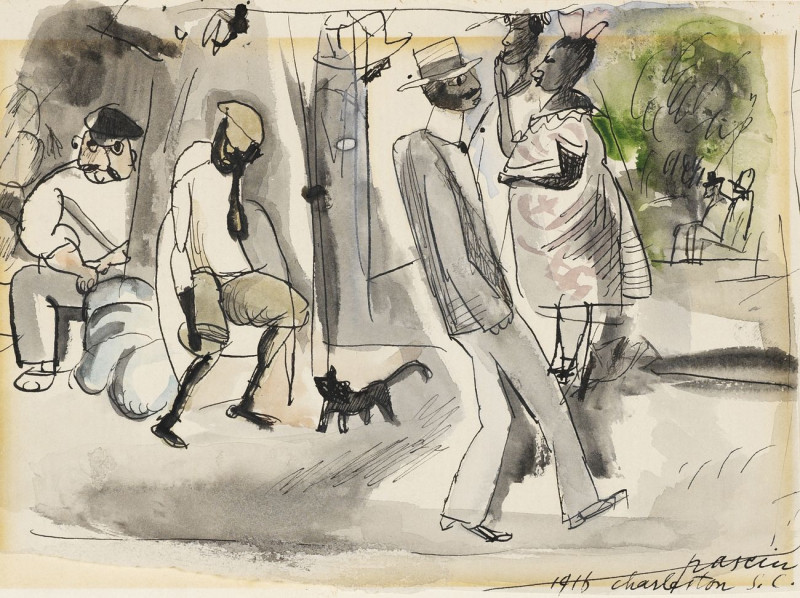

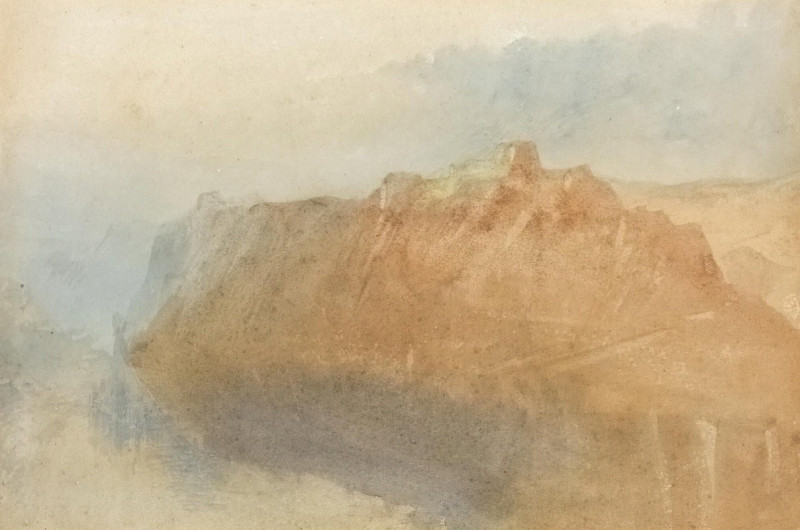

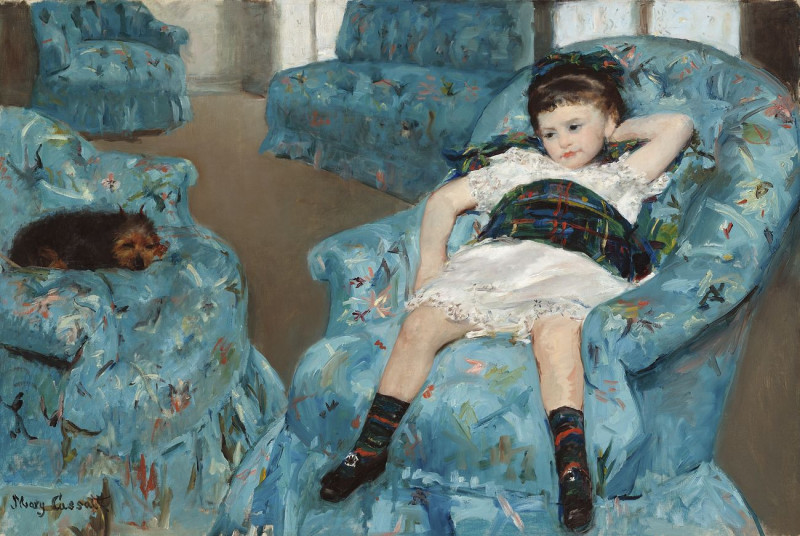
![Ruins. Temple on the Island of Biggeh [Bîga, Bîjah], Nubia. (1846-1849) reproduction of painting by David Roberts. ALL GICLEE...](https://reprodukcijos.lt/39122-large_default/reproduction-of-ruins-temple-on-the-island-of-biggeh-biga-bijah-nubia-1846-1849.jpg)
